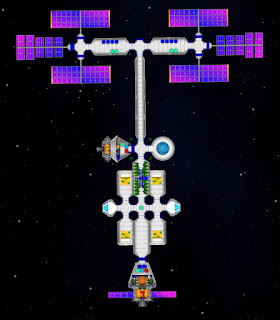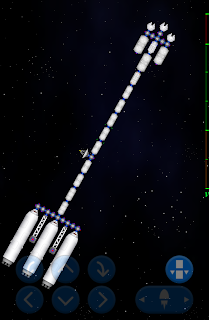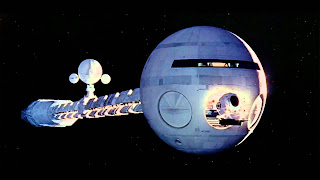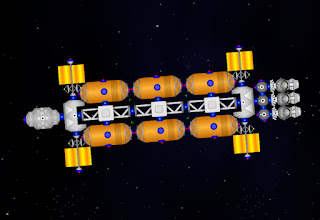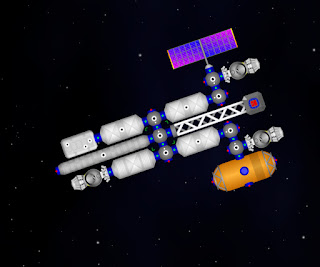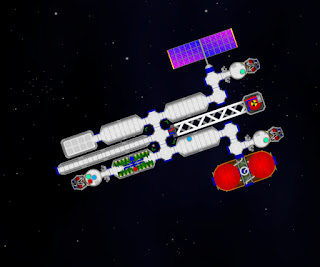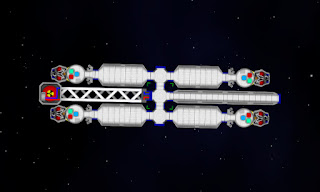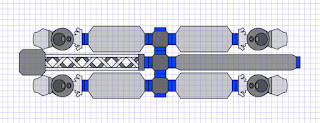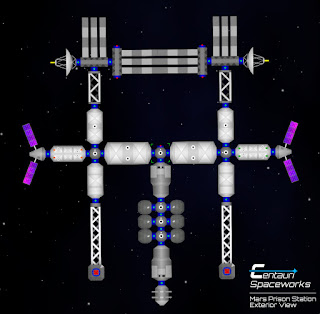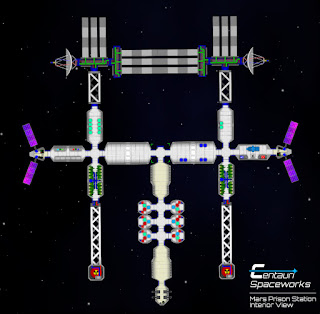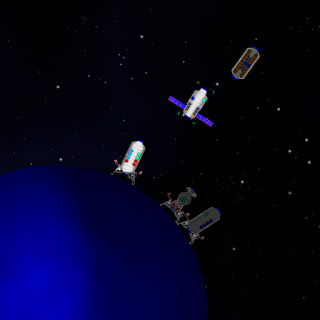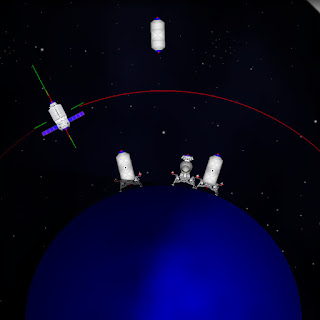 |
| Sprinter I |
Sprinter I headed out past GRN. In addition to exploring, one goal of its mission was to determine if it was possible to accelerate beyond the speedometer. To test this, it accelerated up to the maximum speed shown on the speedometer. The fuel tank was then jettisoned (after all the fuel was transferred to the Voyager X engine). Sprinter I and the fuel tank were now traveling at the same speed but moving slowly apart. Sprinter I fired its engine again. This accelerated it past the discarded fuel tank, confirming that a vehicle can still increase its speed even though it is no longer measurable on the speedometer.
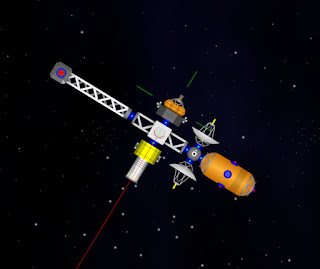 |
| Sprinter II |
Sprinter II was nearly identical to Sprinter I, but had a larger fuel tank. Sprinter II was sent off towards GOL. Its goal was to accelerate to a high velocity. It consumed all of the fuel in the large fuel tank during an extended 3 minute burn.

